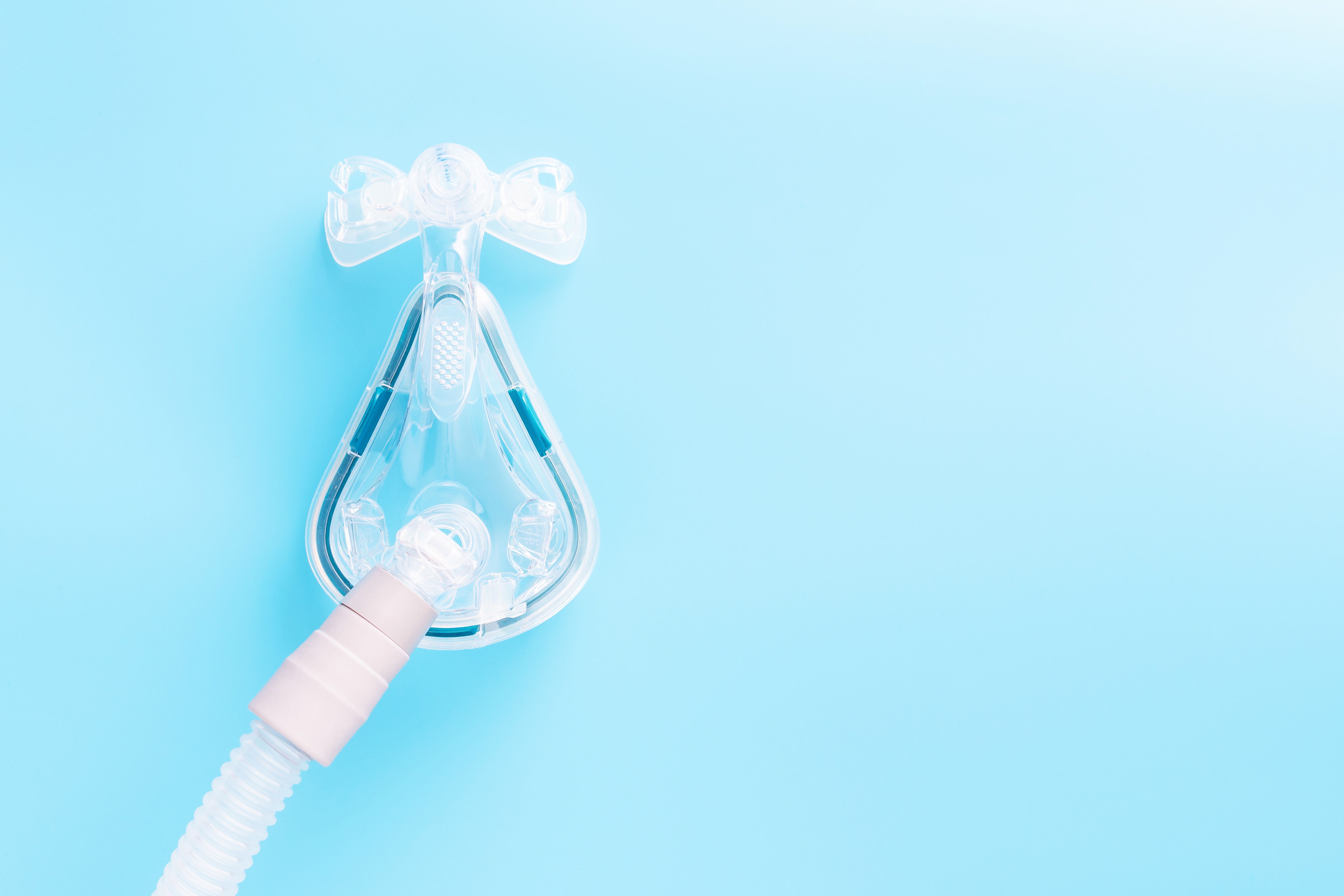- Center on Health Equity & Access
- Clinical
- Health Care Cost
- Health Care Delivery
- Insurance
- Policy
- Technology
- Value-Based Care
CPAP Treatment Can Significantly Reduce Hypertensive Adverse Outcomes in Pregnancy
When women with obstructive sleep apnea (OSA) carrying high-risk pregnancies collaborate with their health care providers to find the best individualized continuous positive airway pressure (CPAP) treatment, their risks of gestational hypertension and preeclampsia may drop appreciably
Pregnant women with obstructive sleep apnea (OSA) who use continuous positive airway pressure (CPAP) treatment may significantly reduce their risks of developing gestational hypertension—by 35%—and preeclampsia—by 30%—according to meta-analysis results published in JAMA Network Open.1 A total of 809 participants (mean age, 31.4 years; mean body-mass index [BMI], 34.0) were included in the 6 original studies reviewed and analyzed, all of which sought to examine the effect of CPAP use on lowering the risks of these conditions related to pulmonary arterial hypertension.
Pregnancy is known to contribute to the possible development or exacerbation of OSA and to increase the risk of gestational complications. CPAP use is the first-line and criterion standard treatment for OSA and is regarded as the most feasible choice during pregnancy, the authors explained.
CPAP therapy can reduce the risk of hypertension during pregnancy | image credit: Андрей К - stock.adobe.com

Meta-regression indicated that neither patients’ age (P = .83) nor BMI (P = .87) were correlated with reducing the risks of hypertension and preeclampsia. The differences that emerged in the pooled results between the intervention (CPAP use) and the control (non-CPAP use) groups in reducing the risks of gestational hypertension and preeclampsia had P values of .008 and .04, respectively.
Practical Matters
Sometimes, having pregnant women with OSA comply with the recommended CPAP treatment is problematic. Selecting the most appropriate CPAP mask is crucial, noted the authors, but robust evidence regarding what that mask might be is limited. The team members, all from Taiwan, wrote, “Our clinical experience with Asian pregnant women suggests that a pillow cushion with a frame and headgear positioned over the head may offer greater comfort during pregnancy. This configuration allows for increased freedom of movement, especially when changing sleeping positions, such as transitioning to a lateral sleep posture.”
In all cases, pregnant women should collaborate with their sleep specialists to find the best mask for them, in terms of fit, comfort, and efficacy, they emphasized. The timing of when CPAP treatment should begin during pregnancy is another individual decision to be made, influenced by OSA severity and any gestational complications. Generally, the investigators noted, patients with a preexisting OSA diagnosis and established CPAP treatment should continue using CPAP during pregnancy, while those with newly diagnosed OSA should begin CPAP treatment as soon as possible.2
Other indications for CPAP treatment would be the occurrence of severe preeclampsia or, possibly, the presence of risk factors for preeclampsia. Clinicians might also strongly recommend CPAP treatment for pregnant women with moderate to severe OSA with desaturation, or for women with OSA carrying a high-risk pregnancy. Those high risks would include chronic hypertension, obesity, history of preeclampsia, or gestational diabetes in a previous pregnancy—all associated with greater risk of complications for both mother and fetus, the authors noted.1
How CPAP Treatment Helps
CPAP ventilation may reduce the risk of gestational hypertension by mitigating the sympathetic activity that fragmented sleep can cause. In turn, this helps maintain airway patency, reducing frequent wakenings and preserving the integrity of sleep architecture.
Preeclampsia risk may be mitigated by CPAP treatment by improving the endothelial dysfunction that results from repeated hypoxia, which can escalate to preeclampsia, continued the investigators. In cases where the placenta becomes hypoperfused, preeclampsia-related vasoconstrictive agents may be produced, they noted. Using CPAP therapy to manage OSA—in cases of high-risk pregnancies with chronic hypertension, for example—can improve placental physiology by reducing soluble fms-like tyrosine kinase 1 antiangiogenic factor concentrations.
References
1. Lee Y-C, Chang Y-C, Tseng L-W, et al. Continuous positive airway pressure treatment and hypertensive adverse outcomes in pregnancy: a systematic review and meta-analysis. JAMA Netw Open. 2024;7(8):e2427557. doi:10.1001/jamanetworkopen.2024.27557
2. FaccoFL, ChanM, PatelSR. Common sleep disorders in pregnancy. Obstet Gynecol. 2022;140(2):321-339. doi:10.1097/AOG.0000000000004866
